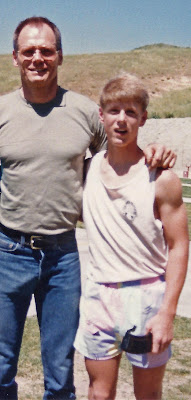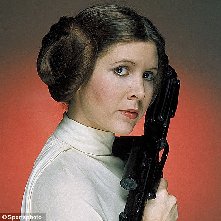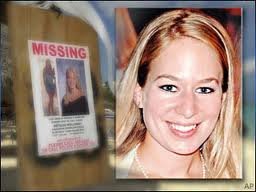
With all the smoky flavors of chicken made on the grill, our Oven Barbecued Chicken recipe is a super option when the weather doesn't permit cooking outdoors. Moist and tender, tangy and flavorful, this one will have 'em licking their fingers.
- 1 (3- to 3-1/2-pound) chicken, cut into 8 pieces and skin removed (see Note)
- 1 tablespoon all-purpose flour
- 1 cup ketchup
- 1 small onion, finely chopped
- 1/4 cup packed light brown sugar
- 2 tablespoons white vinegar
- 2 tablespoons Worcestershire sauce
- 2 tablespoons yellow mustard
- Preheat oven to 400º. Coat a 9 x 13-inch baking dish with cooking spray.
- Place chicken in baking dish and sprinkle with flour, coating evenly.
- In a small bowl, combine remaining ingredients; mix well. Pour evenly over chicken and cover tightly with aluminum foil.
- Bake 30 minutes then uncover and bake 30 to 35 more minutes, or until the juices run clear and no pink remains.
***We usually remove the skin from the chicken because it reduces the fat in this dish, but the recipe works just as well with the chicken skin left on.

1986 – Natalee Holloway, American missing person (missing since 2005) What a long story and still never found!
Every year on the third Friday in October, National Mammography Day joins in National Breast Cancer Awareness Month.
This day serves as a reminder to all women that the best defense is early detection. A mammogram can often detect a problem before there is any outward physical sign.
Cancer is the second leading cause of death in the United States according to the CDC. The CDC statistics also report that breast cancer is the most common form of cancer diagnosed among women. Screenings and breast exams are a part of the early detection process.
When you schedule an annual appointment with your physician, make sure a breast exam is completed, too. Tell your doctor about any changes. If you or your doctor notices any signs, the doctor can order tests, including a sonogram or mammogram.
Finally, a preventative mammogram is the first line of defense. Today’s mammograms offer more vivid detail of the breast tissue. Baseline mammograms are provided around the age of 35 unless family history indicates sooner. The baseline mammogram provides a comparison view for your physician should something develop later down the line. Women age 40 and over are recommended to receive yearly preventative mammograms.
HOW TO OBSERVE NATIONAL MAMMOGRAPHY DAY
Visit your doctor and set up a mammogram. Encourage loved ones in your life to also schedule a mammogram. Know your family history and share it with your physician. Some with high risk will need to have their first mammography sooner.
NATIONAL MAMMOGRAPHY DAY HISTORY
President Bill Clinton proclaimed this National Day in 1993.
Mammography FAQ
Q. Are mammograms uncomfortable?
A. Mammograms can be uncomfortable, but they don’t take long to complete. They can also be awkward, but the technicians are professional and do their best to maintain your dignity.
Q. What types of mammography are available?
A. Medical providers offer three types of mammograms today.
- Conventional mammogram – This traditional form of mammography creates film images using low-dose X-rays.
- Digital mammography – Using a digital chip instead of film, digital mammography records digital images.
- 3-D Mammography – This technology is also called tomosynthesis mammography. As the name suggests, this type of mammography creates a 3-D image allowing radiologists a more detailed view for interpretation.















No comments:
Post a Comment